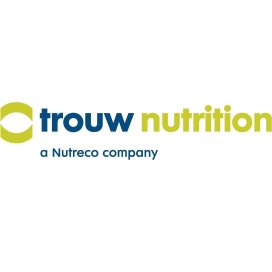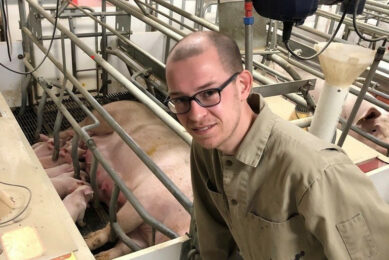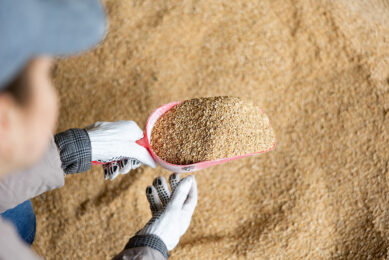5 questions for MasterLab around feed analysis
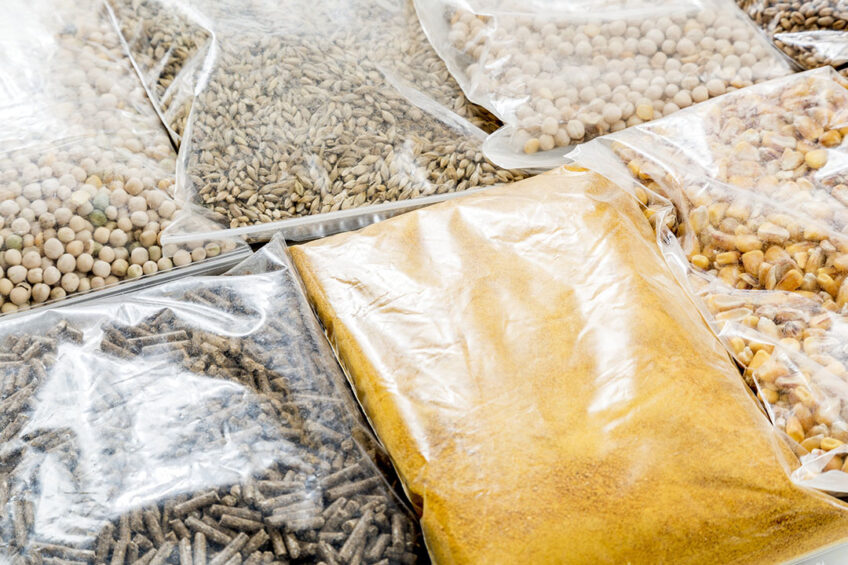
Techniques around feed analysis are evolving and results are gained much faster. But how accurate can and should we become, how often do we need to test, and how can artificial intelligence contribute?
Over the years, the portfolio of raw materials suitable to use for animal diets increased tremendously, which provides opportunities to formulate nutritious and – at the same time – cost-effective and sustainable diets. In practice, it is already common to use every inch of the maize and soy plant (stalk and leaves) and include more by-products from the food and bio-ethanol industry and even new ingredients such as insect meal or algae. However, many of these ingredients have a fickle and variable nutritional profile. Also, more extreme seasonal changes spur bigger varieties in quality of conventional raw materials.
Assessing nutrient content and quality of feed ingredients in the animal feed sector is therefore in higher demand than ever before. Maarten Scholtes-Timmerman is responsible for the development of analytical solutions at MasterLab, part of Trouw Nutrition, and answers 5 questions about the latest developments in his field.
What can we detect in raw materials today?
“A proven method to test raw materials and complete feed is called Near-infrared Spectroscopy (NIR), able to determine the nutritional components (e.g., fat, protein, and moisture) of the sample in a quick and simple manner. We have been using NIR successfully for years and the application of NIR keeps expanding.
Beside the proven NIR technology, new solutions have been developed over the years that provide the feed industry with more detailed information on mycotoxin presence, for example. We also see that feed analysis is getting more detailed. Determination of nutritional details like toasting quality and different fibre fractions are some of the recent innovations, combined with the ability to test them in the field with handheld scanners. All in all, we can test for a lot more than we could 10 years ago. We can test more, but we can also do this quicker and simpler.
This is a really exciting development in feed analysis. Feed analysis used to take place solely in commercial labs and the labs at feed mills and we still do so, depending on the type or frequency of the analysis. However, a major breakthrough in feed analysis is also that we don’t have to send every sample to a lab anymore. Nowadays, we can test feed ingredients right at the feed mill or at farm level in a user-friendly and fast manner, based on NIR technologies. Trouw Nutrition MasterLab manages one of the largest industry NIR networks, which provides around 500 feed companies and integrators around the world to have access to this technology.”
Is testing more frequently always better?
“The more hands-on way of testing also prompts more frequent testing. But I can imagine that farmers and feed mills are not always sure what is best here. Do I need to check every batch of grain at the feed mill for mycotoxins? What about the quality of my oilseed meals, and is one sample per month of the silage bunk enough? What is advisable when I start using by-products, and what do I lose when I don’t test the feed materials at all and keep on feeding the animals one constant diet throughout the year? These are all relevant questions that nutritionists and feed mills have.
The right frequency of feed analysis depends on the challenge and issues that we want to solve and the differences in feed mill sizes or raw material purchasing policy. A comparative assessment could include that more samples are taken from a batch of grain, because it is sourced from a region with mycotoxins issues. Some feed mills buy large volumes per ship, and other feed mills buy smaller batches (for example, in big bags) from different suppliers. Concerning the latter, we might need to test more often, and a mobile solution might be a good solution to do so. Bigger feed mills are often better helped with a desktop NIR solution. Again, there is no one-fits-all answer, and the right solution depends on a number of factors.”
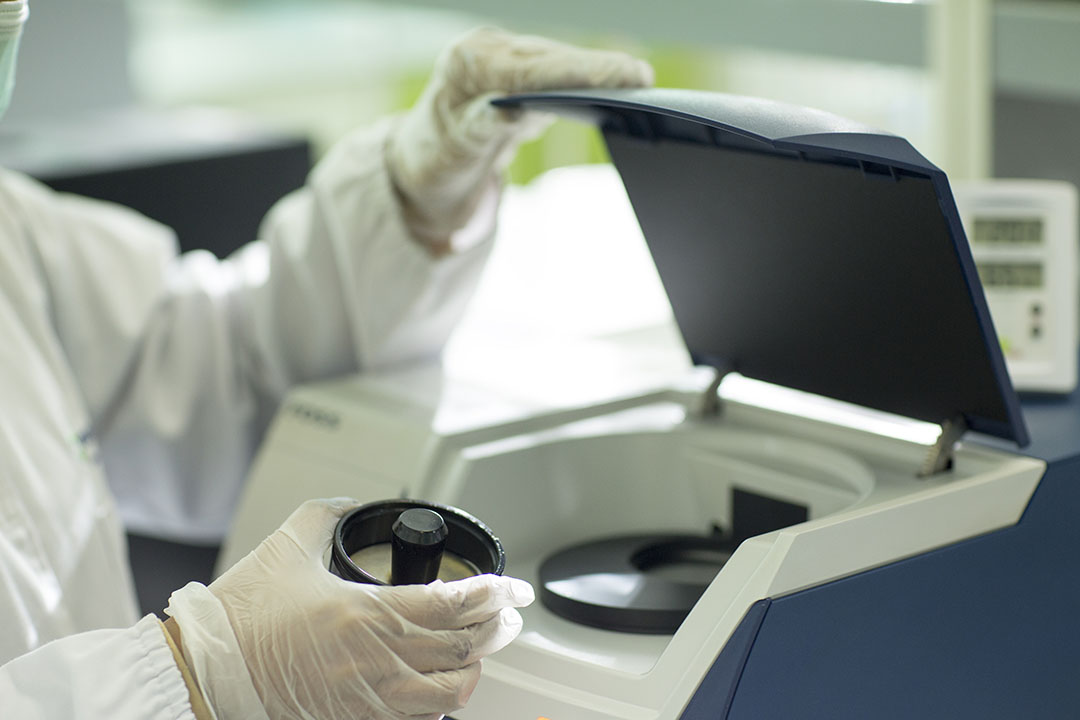
How accurate can and should we become?
“If you send a sample to 3 different labs you will probably get 3 different results. Test results will also be different if you test the sample on the farm with a handheld scanner at -20° or send the sample to the traditional lab. Overall, NIR allowed us to become really accurate in the analysis. Most importantly, it is about what you do with the lab results, and which changes this allows you to make in formulation or procurement. In addition, it is key to find an optimum in frequency. The more you test, the more accurate the average becomes and the better a feed mill can decide how to use the batch of raw materials as efficiently as possible. It allows the nutritionist to adjust more often to optimise productivity and animal health.
A ‘trendline’ of data, based on more frequent testing and thus more data points, might in the end be more valuable than a single test result with many figures behind the comma. You want the silage to be of a consistent quality and cows are simply never fed per gram of feed.”
Did artificial intelligence already make its way in feed analysis?
“Artificial Intelligence (AI) has found its way into feed analysis for sure. At MasterLab we are working on getting AI available in, for instance, analysis of microscopic images of feeds and feed materials to allow for quick screening on composition, purity, or adulteration.
The speed at which AI is entering our world is staggering, and it is exciting to see that AI is entering agriculture and the feed industry at an increasing pace. I therefore strongly believe that it will lead to a more thorough assessment of the products used in our sector. And this may happen even faster than we would like to admit. The key to getting these kind of technologies established lies in the strong knowledgeable people that power it.”
So what are the best feed analysis solutions to use?
“It depends. The key to feed analysis is to always look for the value in the application (whether it is a lab, desktop, or mobile solution) and try to translate the analytical results to practice. There is no one size fits all solution for all farmers or feed mills. It is all about how the lab results can make the job better and what the data means for a farm or feed mill. This is where the work of a nutritionist and feed advisor begins.
The human interpretation of the data is pivotal to decide whether the diet might have too little protein to meet the animal’s needs or need supplementation of a mycotoxin deactivator or binder. Trouw Nutrition offers the unique NutriOpt concept to add nutritional information and advice to the analytical results in an intuitive way and gives the opportunity to report the results either to your customers or feed evaluation systems. The increased portfolio of testing equipment and solutions elevate the way we feed our animals and enables us to deal with the increased variety in raw materials amongst others.”


